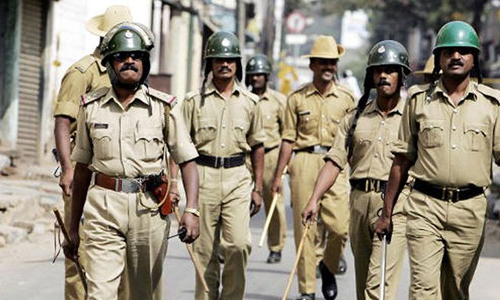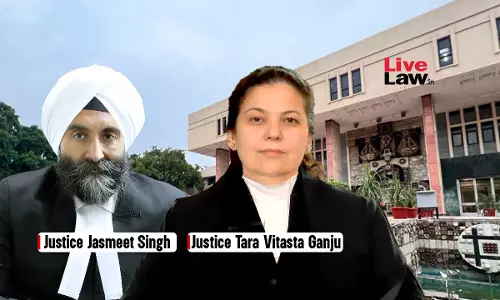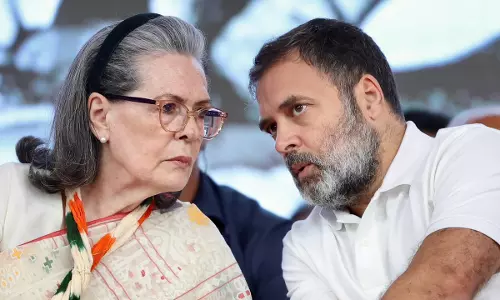Bombay HC Grants Relief To Murder Convict In Jail For 23 Years Seeking Early Release [Read Judgment]
![Bombay HC Grants Relief To Murder Convict In Jail For 23 Years Seeking Early Release [Read Judgment] Bombay HC Grants Relief To Murder Convict In Jail For 23 Years Seeking Early Release [Read Judgment]](https://www.livelaw.in/h-upload/images/1500x900_bombay-hc-4.jpg)
The Bombay High Court last month granted relief to a man convicted of murder and held that he shall be considered for early release after completing 24 years in prison. Vitthal Pundalik Zendge had filed a criminal writ petition before the high court seeking consideration for an early release. The matter came up before the bench of Justice AS Oka and Justice AS Gadkari. The court referred...
The Bombay High Court last month granted relief to a man convicted of murder and held that he shall be considered for early release after completing 24 years in prison.
Vitthal Pundalik Zendge had filed a criminal writ petition before the high court seeking consideration for an early release. The matter came up before the bench of Justice AS Oka and Justice AS Gadkari.
The court referred to the Government Resolution dated March 15, 2010. In the said GR, guidelines were issued for the premature release of prisoners undergoing life sentences in the exercise of power under Section 432 of the Code of Criminal Procedure, 1973.
Category | Categorization of Crime | Period of imprisonment to be Undergone including remission subject to a minimum of 14 years of actual imprisonment including set-off period. |
(a) | REASONS:Where a murder is committed without premeditation in an individual capacity and the person has no previous criminal history. | 20 |
| (b) | Murder committed with premeditation, or a person having criminal history. | 22 |
(c) | Murder resulting from trade union activities and business rivalry. | 22 |
(d) | Murder committed by more than one person/ group of persons | 24 |
(e) | Murder committed with exceptional violence/brutality/kidnapping. Murder committed by dacoits and robbers in the act of committing dacoities and robberies. Murder committed by bootleggers, gamblers, flesh traders etc. | 26 |
According to the convicted petitioner, his case is covered by subclause (b) of clause 4 of Annexure I to the said Government Resolution and therefore, he should be considered for premature release, after completion of the period of 22 years. The contention of the State was that the case will be covered by subclause (e) of clause 4 of Annexure I, which would mean that the petitioner's premature release could be considered only after completion of 26 years in jail.
The court noted that the petitioner's case did not come under category (e) as it was not a case of extreme violence and brutality.
"Taking the case of the prosecution as correct, it cannot be said that the Petitioner was guilty of committing murder with exceptional violence/brutality. Considering the role attributed by the prosecution to the Petitioner, he will not fall in any of the categories of subclause (e) of subclause 4. Therefore, his case will be covered by subclause (d) of clause 4 as in this case, the murder was committed by more than one person and by a group of persons," the court said.
Thus, the bench partly allowed the petition and directed the state government to consider the case of the petitioner for premature release on completion of 24 years undergoing of imprisonment, including all remissions, subject to the petitioner undergoing minimum 14 years of actual imprisonment, including the set-off period.
Read the Judgment Here





